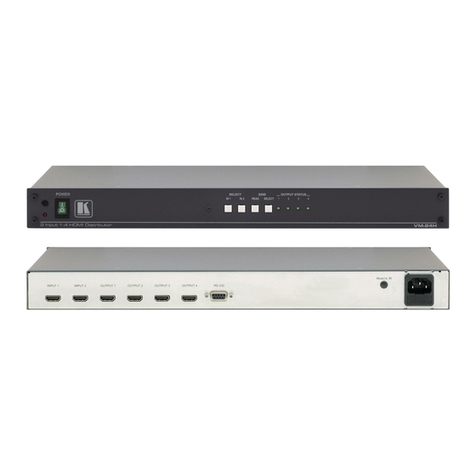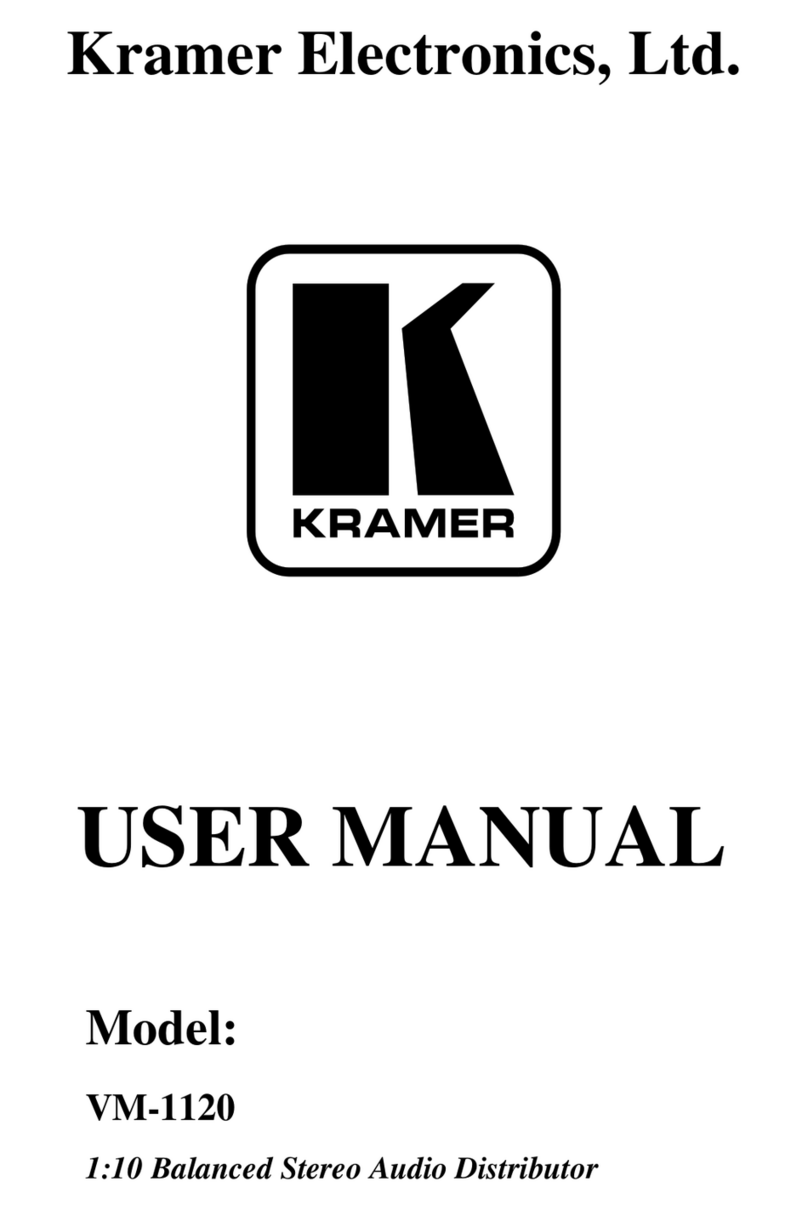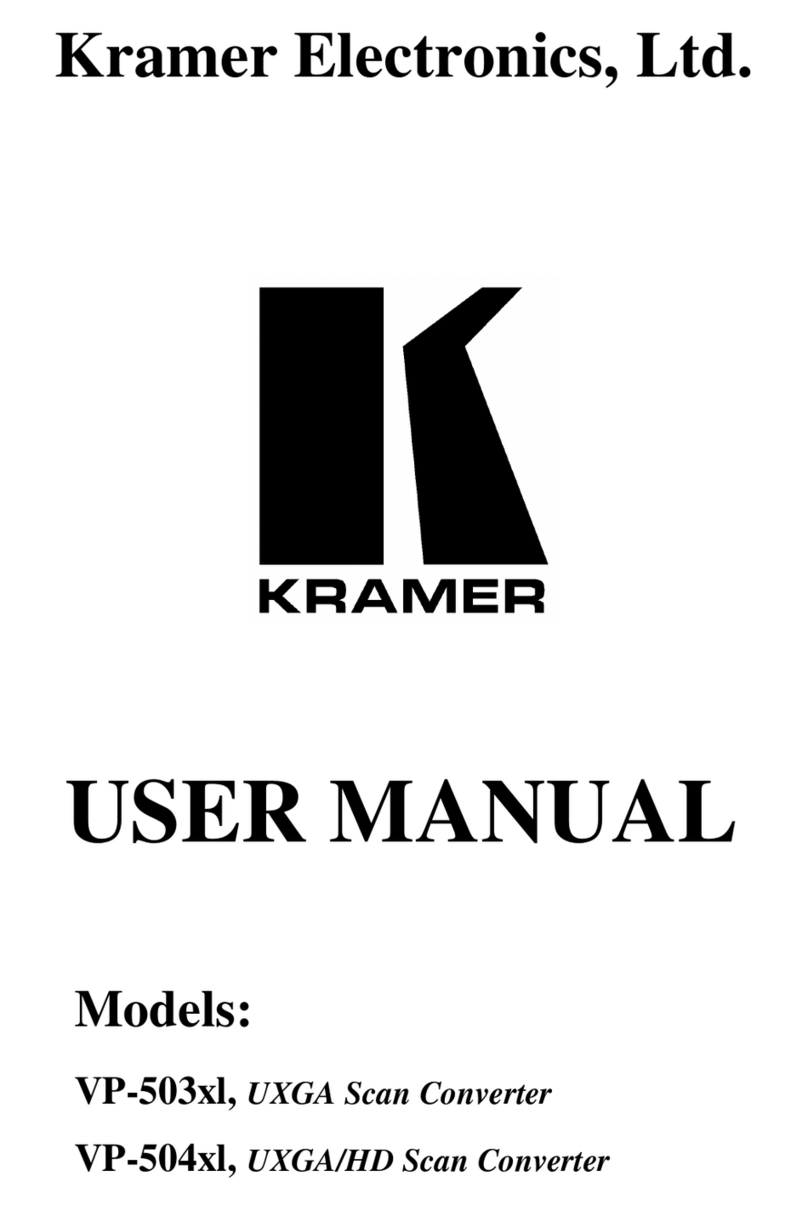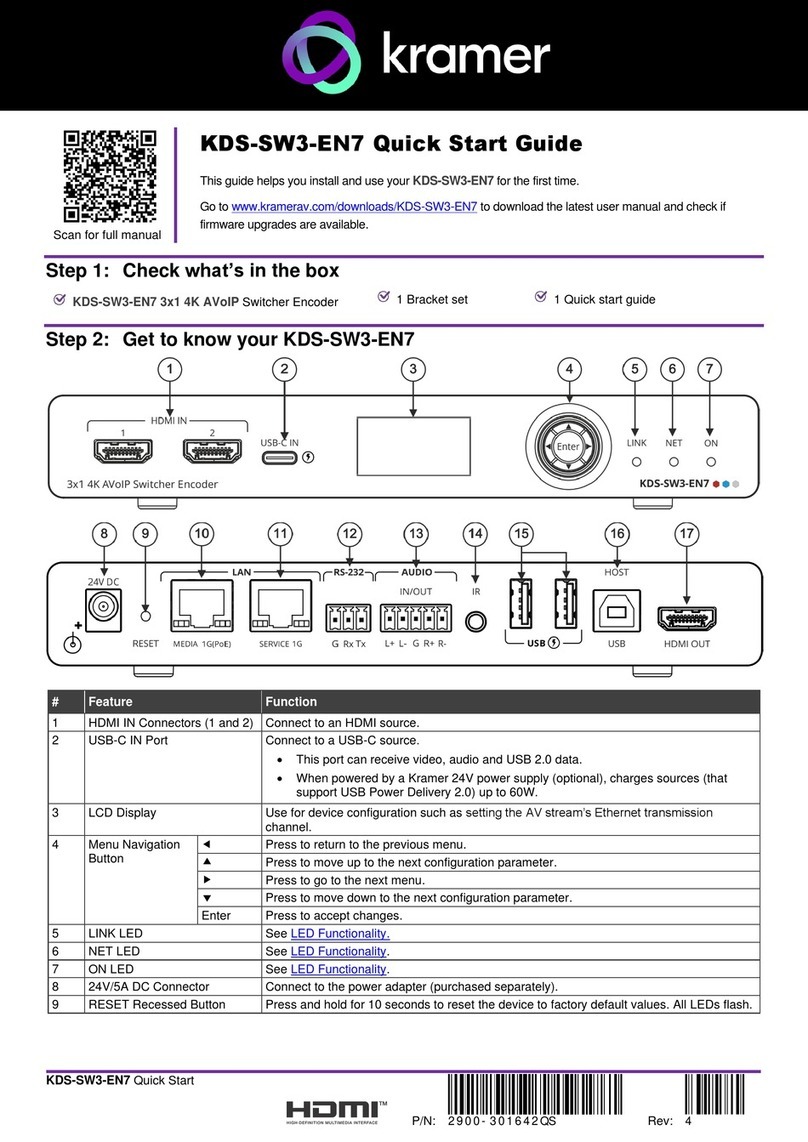Kramer VM-28H User manual
Other Kramer Media Converter manuals
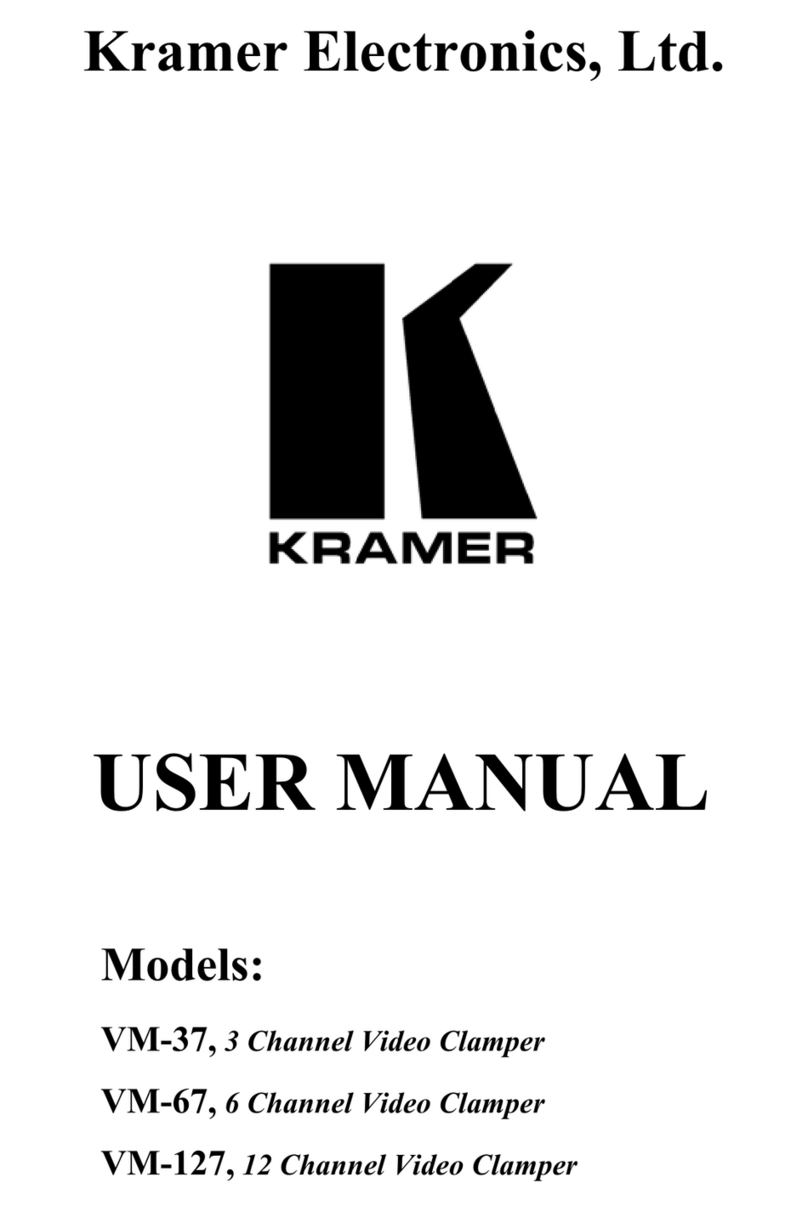
Kramer
Kramer VM-127 User manual
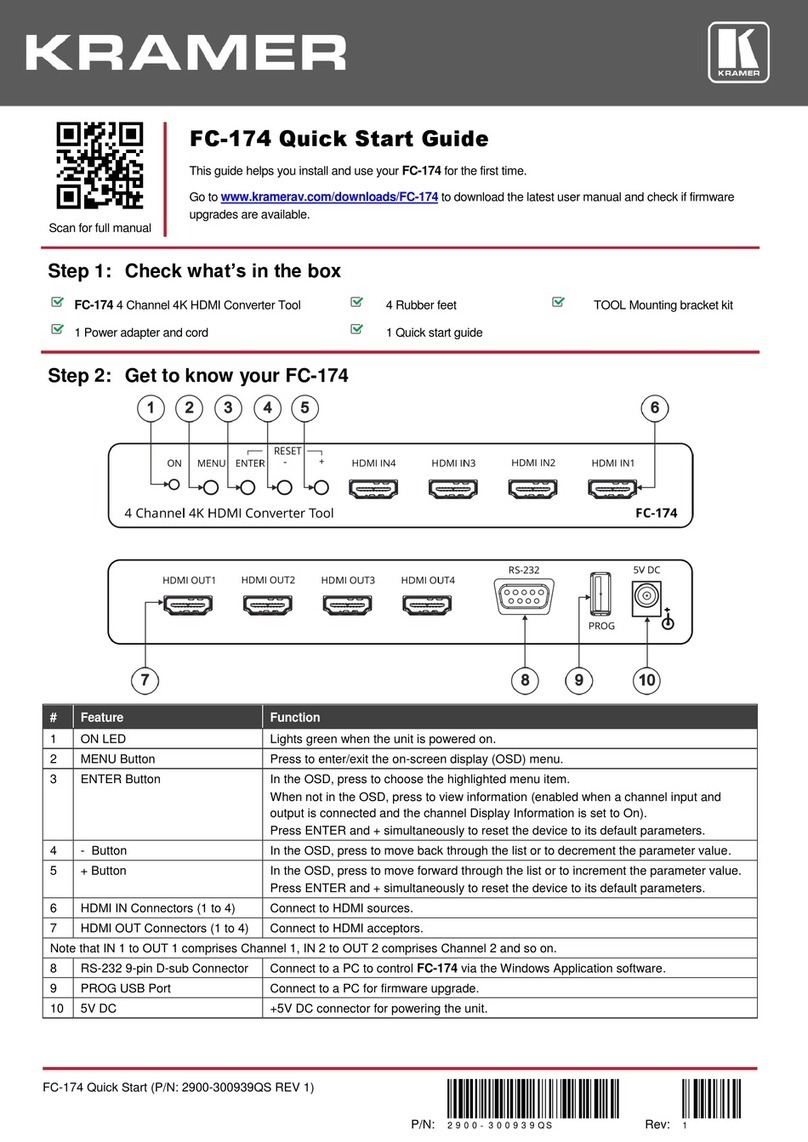
Kramer
Kramer FC-174 User manual

Kramer
Kramer FC-31xl User manual
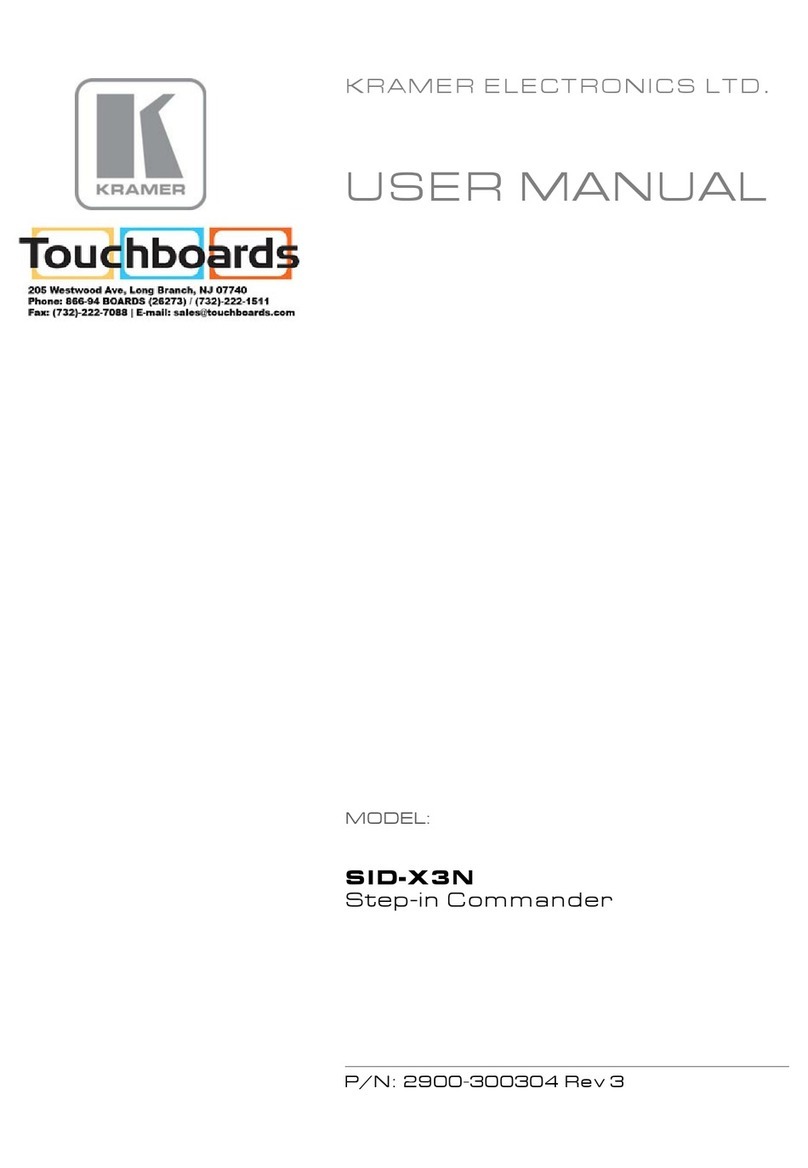
Kramer
Kramer SID-X3N User manual
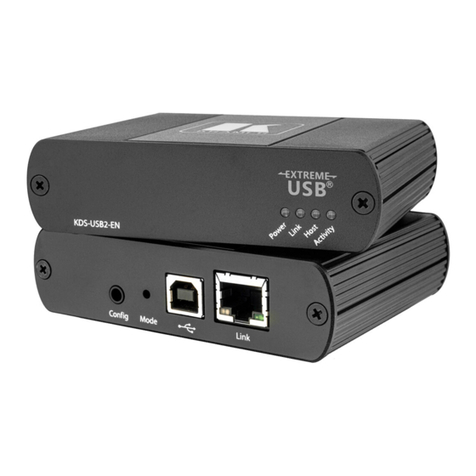
Kramer
Kramer KDS-USB2 Kit User manual
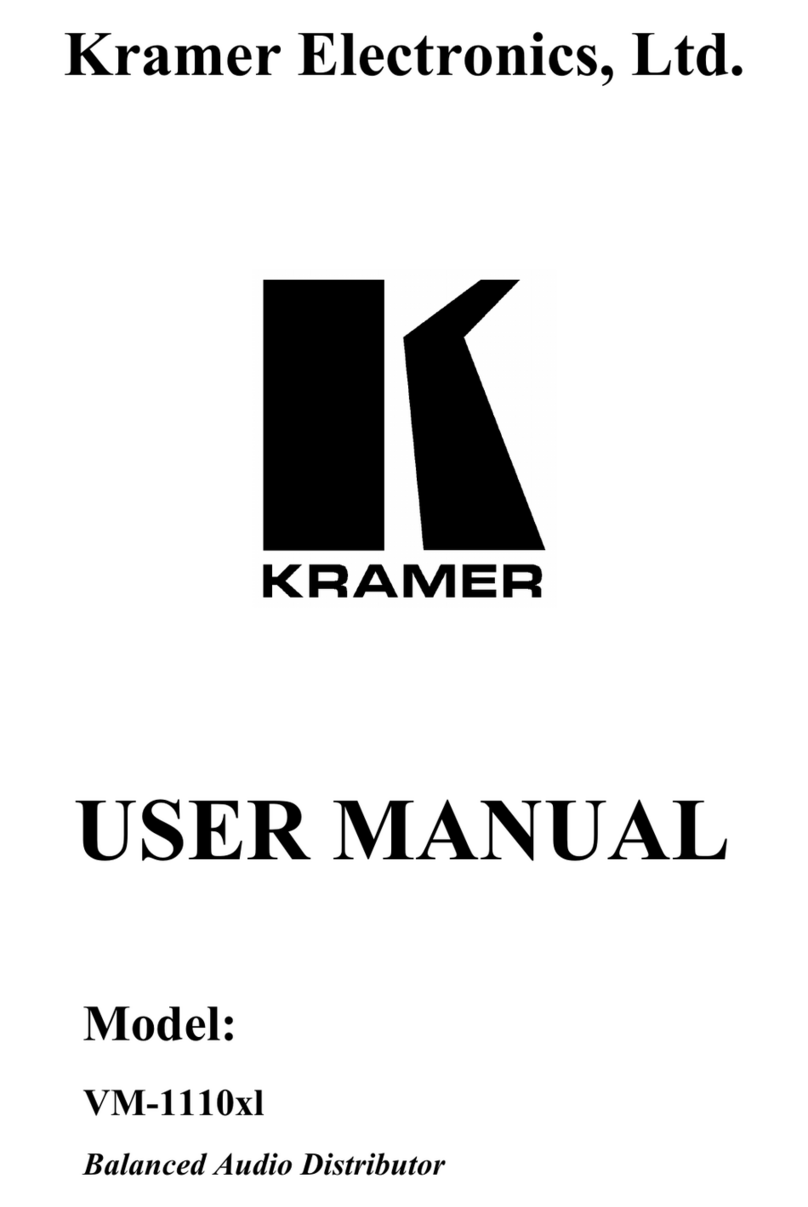
Kramer
Kramer VM-1110xl User manual
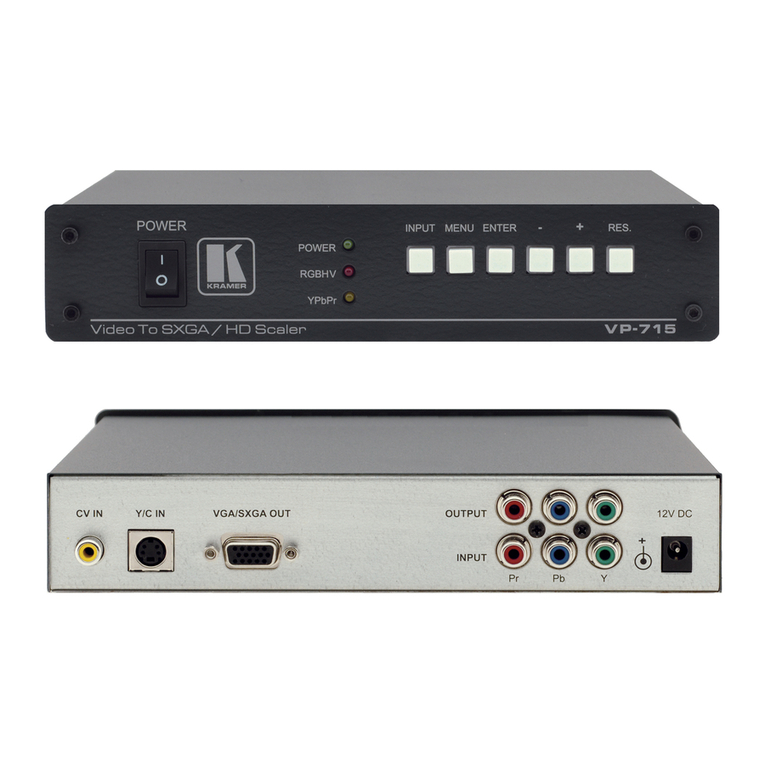
Kramer
Kramer VP-715 User manual
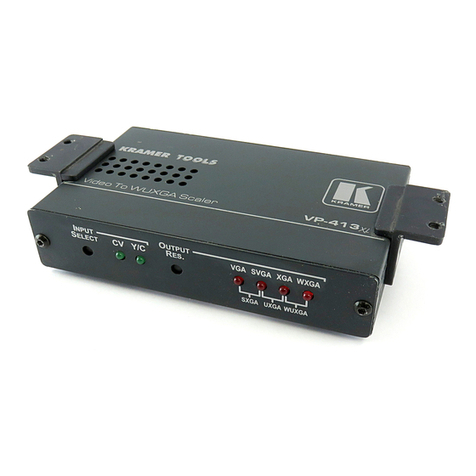
Kramer
Kramer VP-413XL User manual
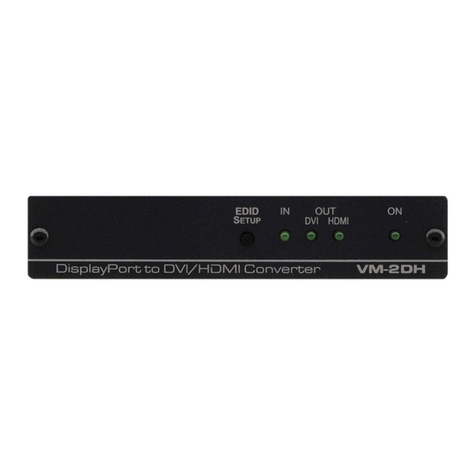
Kramer
Kramer VM-2DH User manual
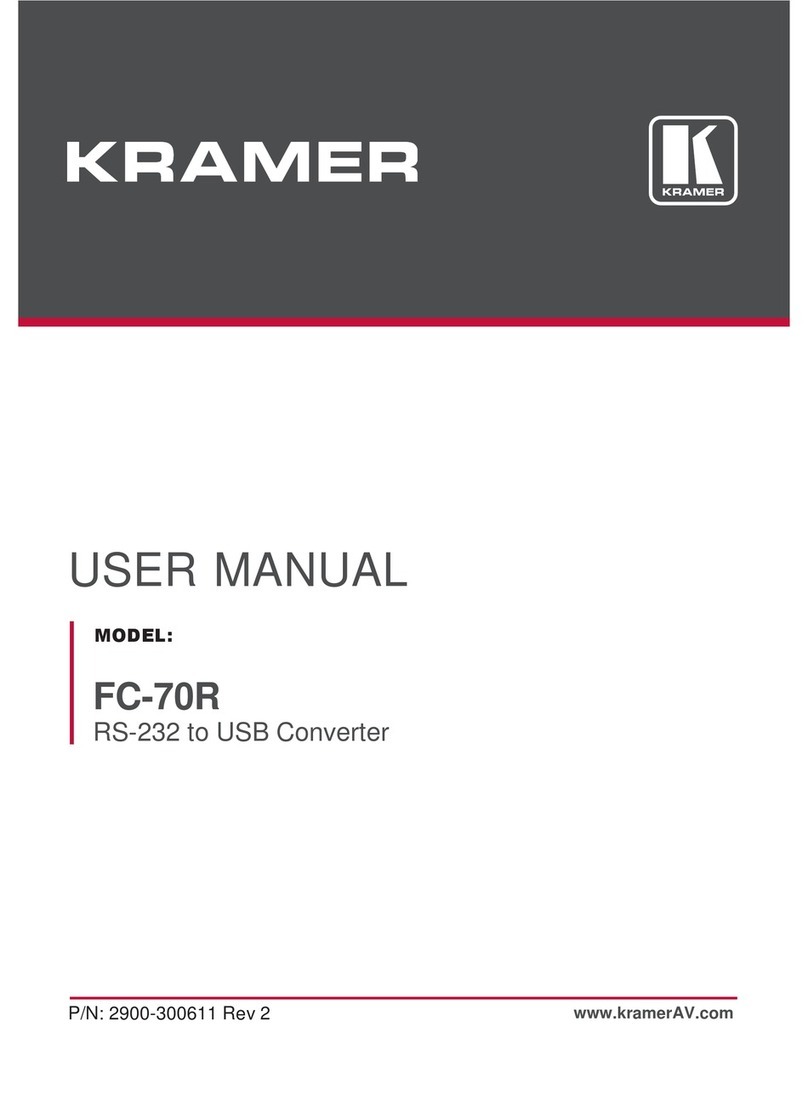
Kramer
Kramer FC-70R User manual
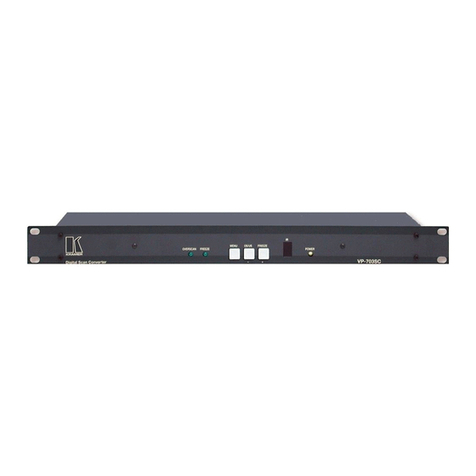
Kramer
Kramer VP-701SC User manual
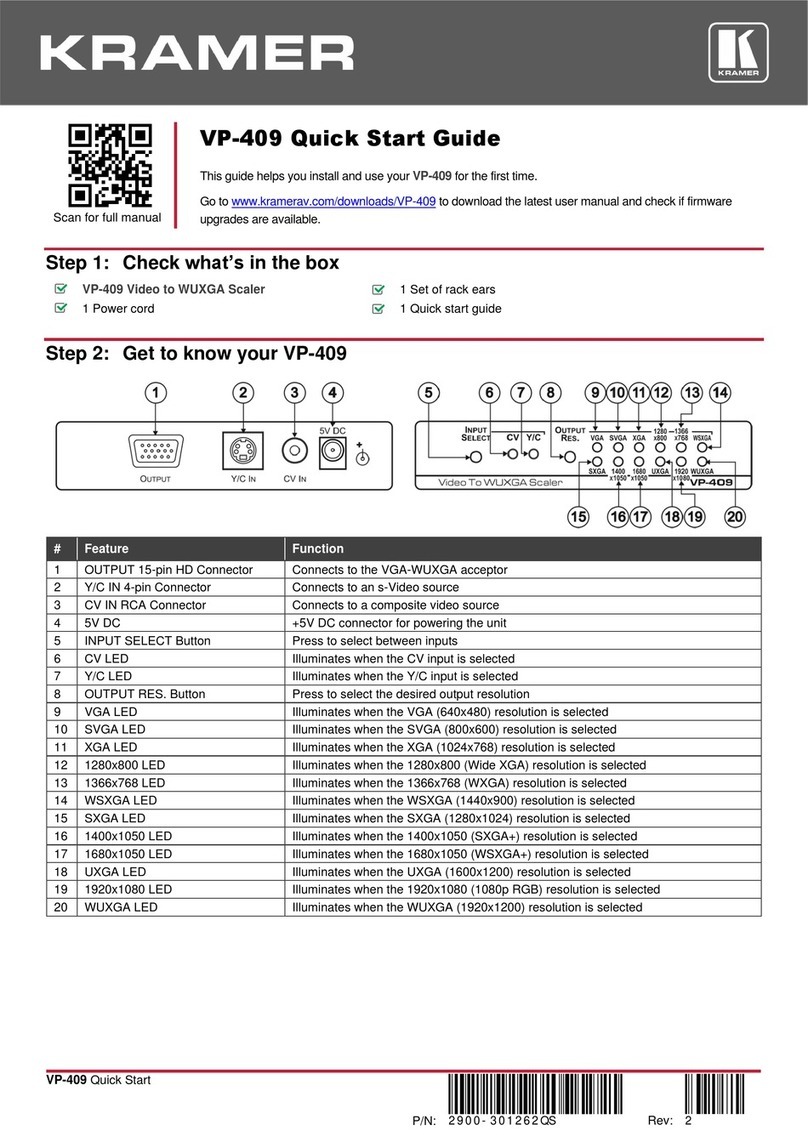
Kramer
Kramer VP-409 User manual
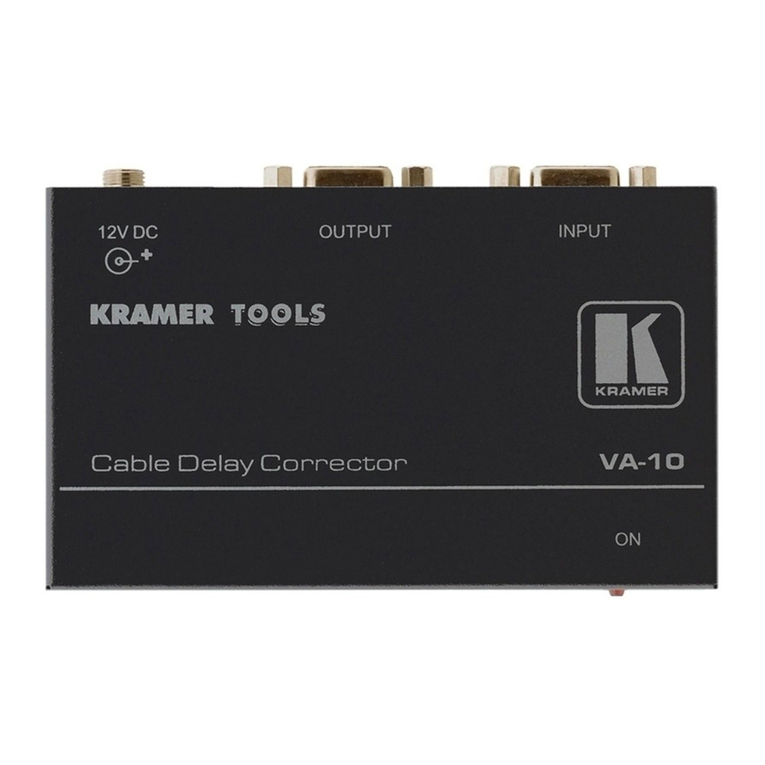
Kramer
Kramer VA-10 User manual
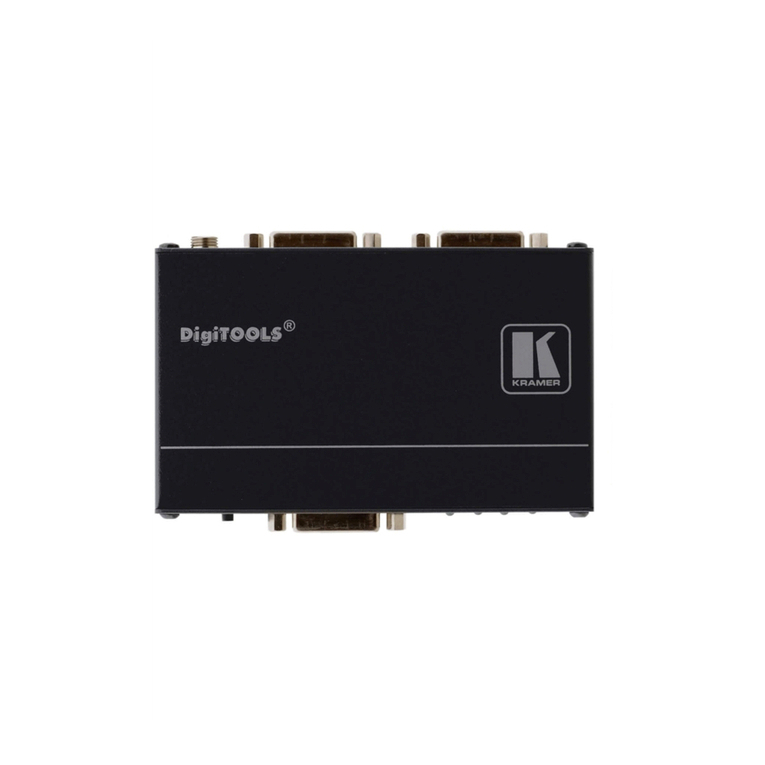
Kramer
Kramer VM-2HDCPxl User manual
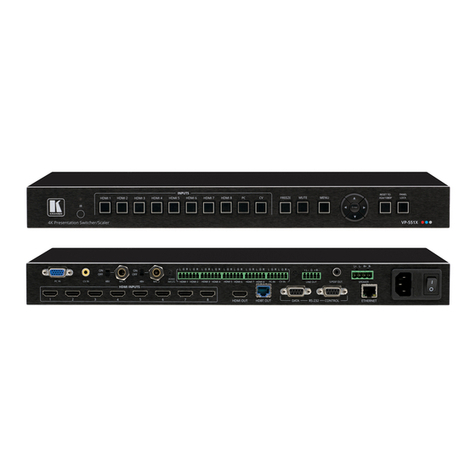
Kramer
Kramer VP-551X User manual
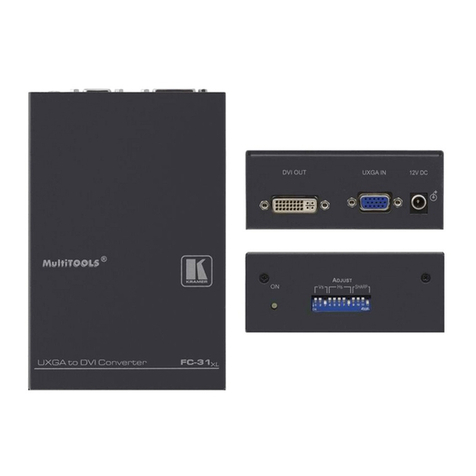
Kramer
Kramer FC-31 User manual
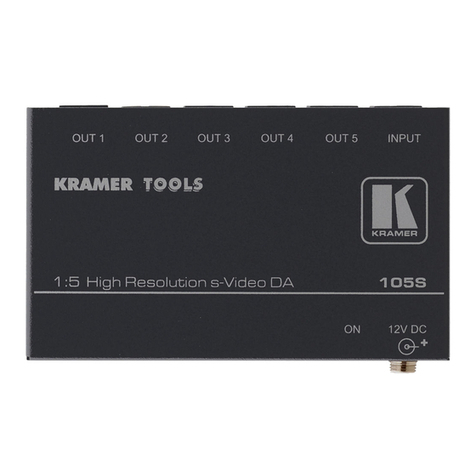
Kramer
Kramer 103AV User manual
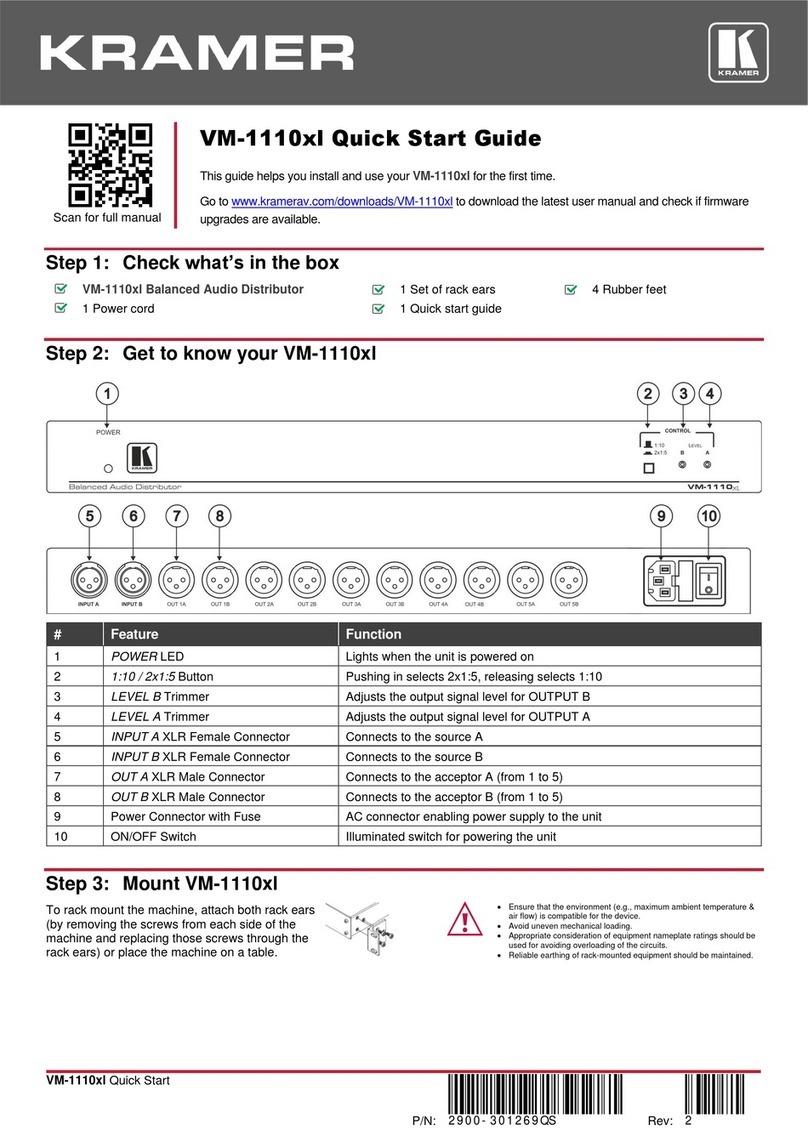
Kramer
Kramer VM-1110xl User manual
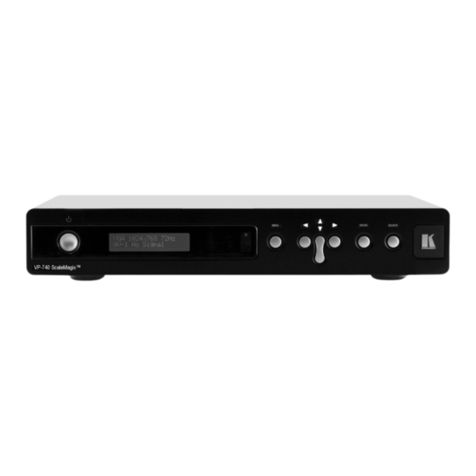
Kramer
Kramer VP-740 ProScale User manual

Kramer
Kramer VP-483 User manual
Popular Media Converter manuals by other brands

H&B
H&B TX-100 Installation and instruction manual

Bolin Technology
Bolin Technology D Series user manual

IFM Electronic
IFM Electronic Efector 400 RN30 Series Device manual

GRASS VALLEY
GRASS VALLEY KUDOSPRO ULC2000 user manual

Linear Technology
Linear Technology DC1523A Demo Manual

Lika
Lika ROTAPULS I28 Series quick start guide

Weidmuller
Weidmuller IE-MC-VL Series Hardware installation guide

Optical Systems Design
Optical Systems Design OSD2139 Series Operator's manual

Tema Telecomunicazioni
Tema Telecomunicazioni AD615/S product manual

KTI Networks
KTI Networks KGC-352 Series installation guide

Gira
Gira 0588 Series operating instructions

Lika
Lika SFA-5000-FD user guide
